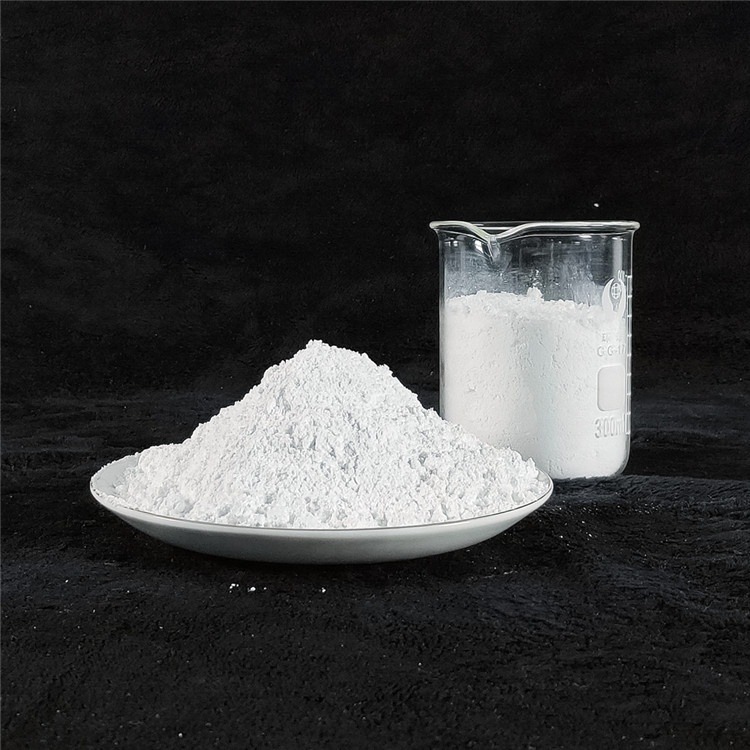In modern industry, flame retardants are key additives for improving material safety, particularly in plastics, rubber, building materials, and wire and cable. Magnesium hydroxide (Mg(OH)₂), an environmentally friendly inorganic flame retardant, is highly sought after in the market for its non-toxic, smoke-suppressing, and highly effective flame retardant properties. So, what is the price of magnesium hydroxide flame retardant? This article will provide an in-depth analysis of pricing factors, market conditions, and purchasing recommendations to help you make an informed decision.
1.Price Range of Magnesium Hydroxide Flame Retardant
The price of magnesium hydroxide flame retardant is not fixed; it fluctuates significantly due to various factors. Based on market data from 2023 to 2024, its price typically ranges from RMB 5,000 to RMB 15,000 per ton (approximately US$700 to US$2,100 per ton). Specific prices vary depending on the following factors:
Purity Grade: Industrial grade (90%-95% purity) is relatively low, priced at approximately 5,000-8,000 RMB/ton; high-purity grade (>95%) is used in high-end applications and can reach prices of 10,000-15,000 RMB/ton.
Purchase Scale: Large-volume purchases (such as full container loads or long-term contracts) may receive discounts, potentially reducing the unit price by 10%-20%.
Market Supply and Demand: Global magnesium ore supply, environmental policies, and downstream demand (such as in the new energy vehicle or construction industries) influence price fluctuations.
Regional Differences: As a major producer, China offers relatively low prices; prices in the European and American markets can be 20%-30% higher due to stricter environmental standards.

2.Key Factors Affecting Price
Raw Material Cost: Magnesium hydroxide is derived from magnesium ore (such as magnesite) or seawater. The price of magnesium ore and energy costs (such as electricity) directly determine production costs. In recent years, tightening environmental mining policies have pushed up raw material prices.
Production Process: Highly active products produced using hydrothermal or precipitation methods are more expensive, but offer superior flame retardant efficiency and a correspondingly higher selling price.
Functional Modification: Surface-treated magnesium hydroxide(such as silane coupling agent coating) allows for better polymer bonding and commands a 30%-50% higher price than untreated products.
Transportation and Packaging: Bag-packing or bulk packaging, as well as logistics distance (e.g., shipping from major Asian production areas to Europe and the United States), can add additional costs. Fluctuations in international shipping costs may also affect the final price.
3.Market Trends and Prospects
The magnesium hydroxide flame retardant market is growing rapidly, driven by the following factors:
Environmental Demand: Compared to halogenated flame retardants, magnesium hydroxide is halogen-free, low-smoke, and complies with EU regulations such as RoHS and REACH, leading to continued growth in demand.
Expanding Industry Applications: Magnesium hydroxide is increasingly used in applications such as electric vehicle battery components and fireproofing materials in green buildings.
Concentrated Production: China is the world's largest producer, accounting for over 60% of production capacity, but the United States and Europe are also expanding local production to ensure supply chain security.

